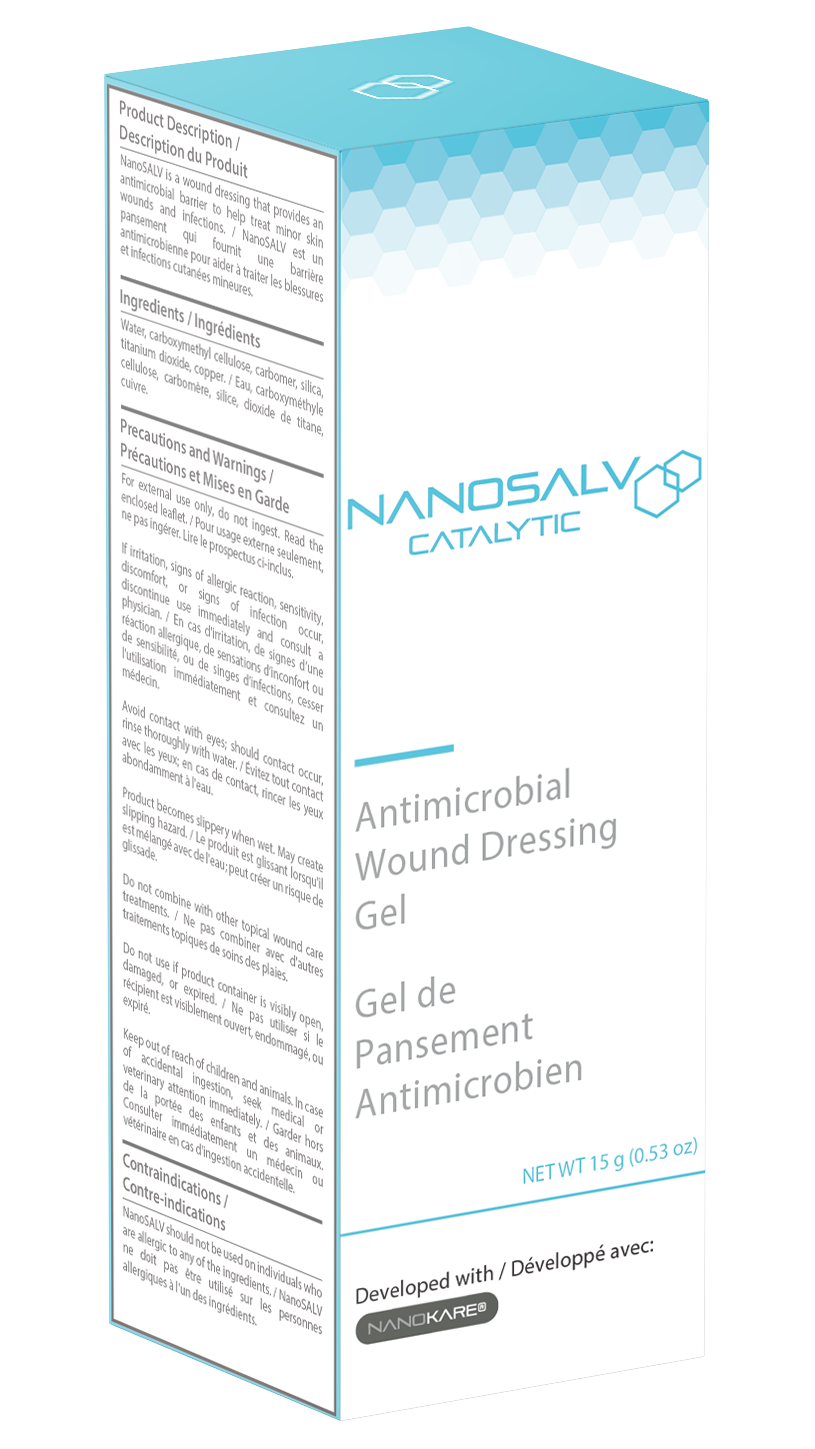For most of us, a small cut or scrape on the foot is no big deal. But for those with diabetes, that innocuous injury can turn into a wound that doesn’t heal, leaving patients at risk of amputation and even death.
That’s why, for Diabetes Awareness Month, NanoTess, wants to raise awareness about the risks of these injuries.
CEO of NanoTess Megan Leslie says, “every 20 seconds, someone will lose a limb due to diabetic foot ulcers.” She says not enough people understand the risks associated with a diabetic foot ulcer but knows with the right education and awareness these tragic outcomes can be mitigated.
So, what is a diabetic foot ulcer? It starts with the disease itself. Diabetes is a chronic disease where the body can’t produce insulin or it can’t properly use the insulin it makes. Insulin regulates the amount of sugar in the body. Too much blood sugar can cause damage to organs, blood vessels, and nerves. And one of the common complications of diabetes is nerve damage to the foot, which prevents a wound on the foot from healing properly. And this is where NanoTess’ solution comes in.

Their product NanoSALV, which has just been approved as a medical device by Health Canada, offers infection protection and control and promotes the body’s natural ability to heal itself. It can be applied at any point in the wound journey without having to guess if the wound is infected or not, because it minimizes harm to the wound, unlike current solutions like antiseptics, silver or iodine dressings. To date, NanoTess’ technology has been used successfully to heal amputation stage ulcers and chronic wounds like diabetic foot ulcers, pressure injuries, or leg ulcers that have been stagnant and non-healing for years.
Since receiving this Health Canada approval eight weeks ago, NanoSALV has been used to support several patients in Calgary with chronic wounds, successfully healing their wounds where standard treatments have failed. This success with early patients is what motivates the founders of NanoTess.
Co-founder Julian Mulia says they hope with more awareness about foot care and diabetes, more patients will have access to this treatment option. Ideally, Julian would love to see patients and their care team educated about foot care at the same time they’re being educated about the diabetes itself.
Julian suggests if patients are told at diagnosis, “from now on, apart from taking care of your sugar levels, you need to be careful regarding any breach of your skin, particularly on your extremities. It would be a very powerful prevention step.”
“When you’re just diagnosed with diabetes,” Megan explains, “you’re learning a lot about insulin and blood sugar monitoring, but we’d love it if you were at the same time being educated about wound care and given a wound care technology like our product, NanoSALV, for your minor cuts and scrapes, or offered prevention technologies like Orpyx’s insoles [sensory insoles for shoes which prevent foot complications] rather than learning about these options when it’s too late.”
And this awareness needs to extend beyond patients, to physicians and extended care teams. NanoTess has heard many stories from their patients that began with a misdiagnosis from their general physicians who believed their injury was simply a blister, blood blister or wart. But if doctors, patients, their families and communities know more about the risks associated with diabetes and chronic wounds on the feet and legs, patients will ultimately get the correct diagnosis and treatment options.
The good news is a lot of innovation is happening in Alberta in this wound care space. Megan mentions Kent Imaging for diagnostics, Orpyx for prevention and NanoTess for treatment of severe chronic cases as well as early intervention.
And research is underway at a provincial level. Megan says NanoTess is currently engaged in a real world study with a major health system that is piloting NanoSALV across multiple healthcare settings (hospitals, seniors care and rehabilitation) to determine how much their technology can improve the quality of life of Albertans as well as significantly reduce the healthcare cost of a chronic wound. An Institute of Health Economics initial study showcased that NanoTess’ technology could save Alberta Health Services around 60 million dollars in 5 years in just diabetic foot ulcer care alone, while significantly improving patient outcomes and quality of life. Results of the broader study will be out next year.
And this is just the beginning. Megan and Julian say there are several other opportunities to do testing in more health systems across Canada, in various settings including self care at home, where the majority of chronic wounds heal. So, NanoTess believes in empowering patients. Today, anyone in Canada can use NanoSALV which can be shipped directly to patient’s homes.
In the meantime, Megan and Julian hope by raising awareness about the risks associated with a diabetic foot, more patients can avoid amputation and get back to health.
For more information on Nanotess and their NanoSalv product go visit their website.
.png)

